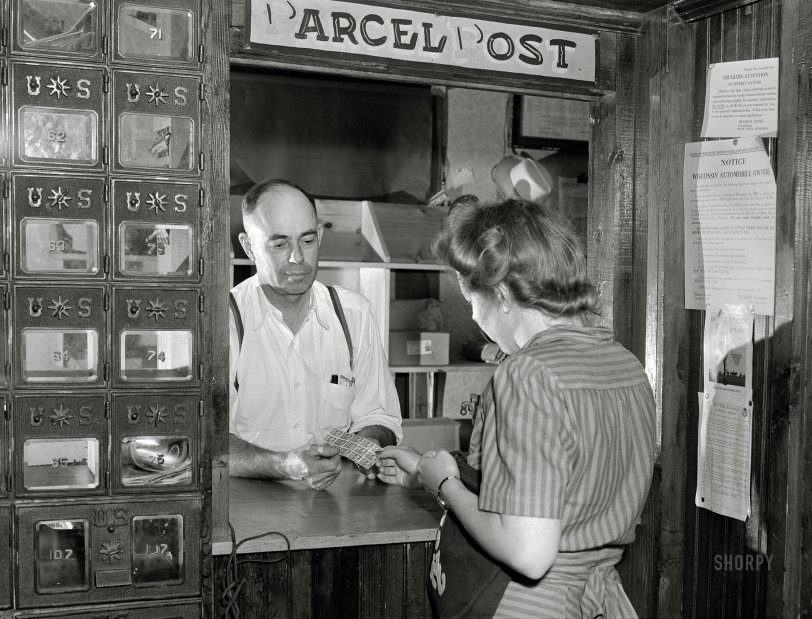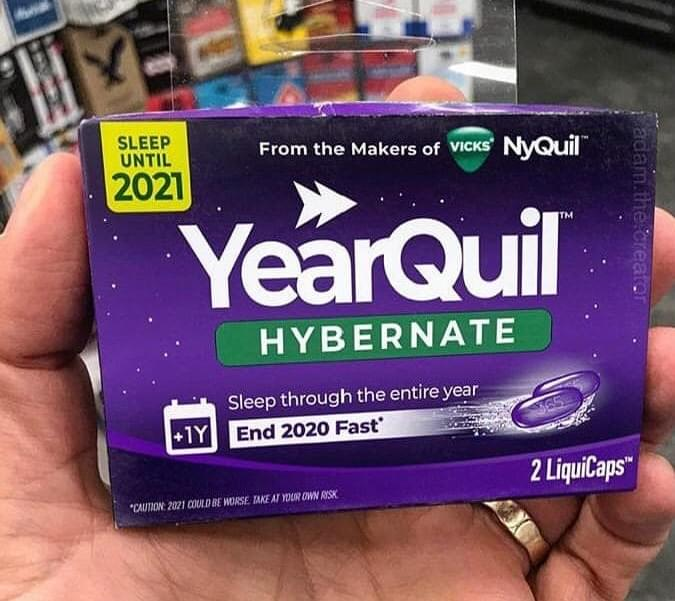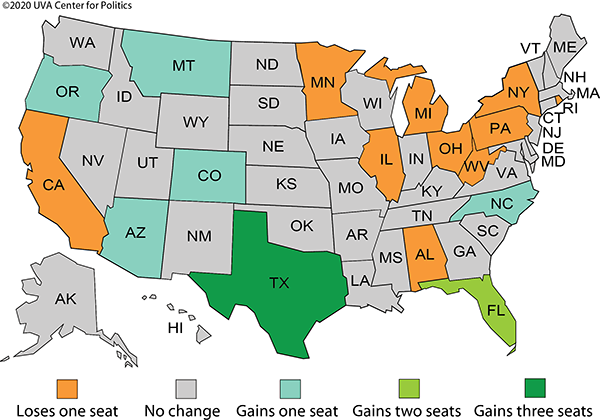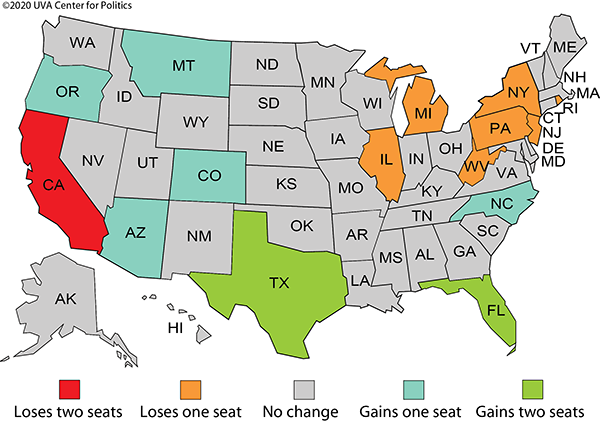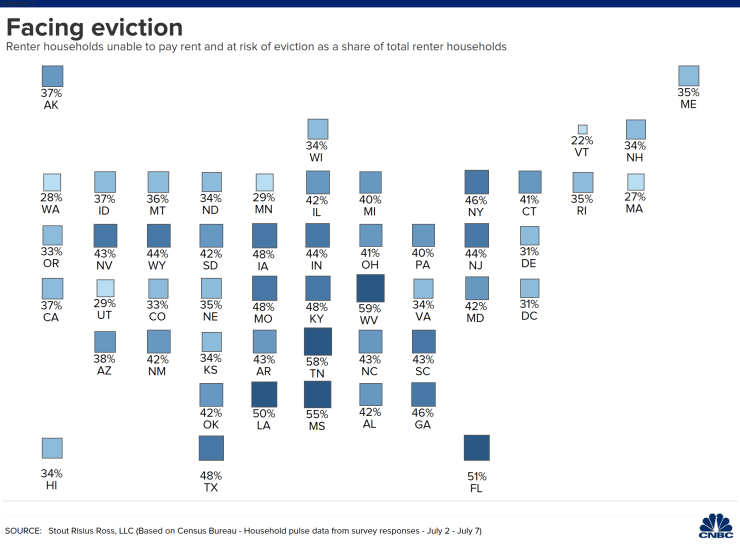The Daily Escape:

Morning mail, Tulare County, CA – 1938 photo by Dorothea Lange via Shorpy. Free home delivery began in 1863. Daily deliveries were common, though cutbacks reduced them during the Depression and World War II.
Night one of the Democratic convention got off to a shaky start. As Wrongo thought might be the case, the first impression was of low energy, flatness, and of a too-slow pace. But the intimacy of not being in a big hall grew on Wrongo, and worked to give real emotional impact to some speeches, particularly by those who didn’t stand behind lecterns.
A few things stuck out as great. First, the use of Bruce Springsteen’s “The Rising”. The 3:30 minute video montage worked to establish the theme of Monday night. With the video, the Dems offered the nation less identity politics and more of an American identity. That they were able to return to it to set up each new thematic segment worked particularly well.
Second, Kristin Urquiza nailed her shot. She had lost her father to Covid, and said:
“I’m one of the many who have lost a loved one to Covid…. My dad was a healthy 65-year-old….His only pre-existing condition was trusting Donald Trump — and for that he paid with his life.”
Being able to look directly into the camera and speak directly to us without the distractions in a stadium filled with drunken delegates made her attack on Trump’s failure to deal with the pandemic devastating.
Third, the Biden-Amtrak video. It also had an emotional point to make, showing Biden as a decent guy.
Finally, Michelle Obama was the star of the night. Her ability to connect with viewers was extraordinary and her takedown of Trump was one for the ages:
“So let me be as honest and clear as I possibly can. Donald Trump is the wrong president for our country. He has had more than enough time to prove that he can do the job, but he is clearly in over his head. He cannot meet this moment. He simply cannot be who we need him to be for us. It is what it is.”
Her speech, which also wouldn’t have worked as well in a big hall, makes Wrongo think that our political culture has moved away from normal convention performances. She was eloquent in a personal and direct way that will set the bar for the rest of this convention, and beyond.
Axios says that 18.7 million people watched last night’s coverage between 10 and 11 p.m. on ABC, CBS, NBC, CNN, Fox News Channel and MSNBC, Nielsen said. Four years ago, Democrats’ opening night drew just under 26 million viewers. However, the Biden campaign said that it tracked 10.2 million views on digital streams, taking the total to 28.9 million. Kind of an apples to oranges comparison.
From a campaign strategy perspective, this week, the Democrats will make their points about how no one is better off than they were four years ago.
They will finish just in time for the Republican convention that will be all Trump, all the time. Despite Trump’s efforts to paint Democrats as radical leftists and facists, the Democrats aren’t radical, and the Republicans really only have more Trump to offer America.
After a week of a soothing convention focused on everyday people, who will believe the GOP?



